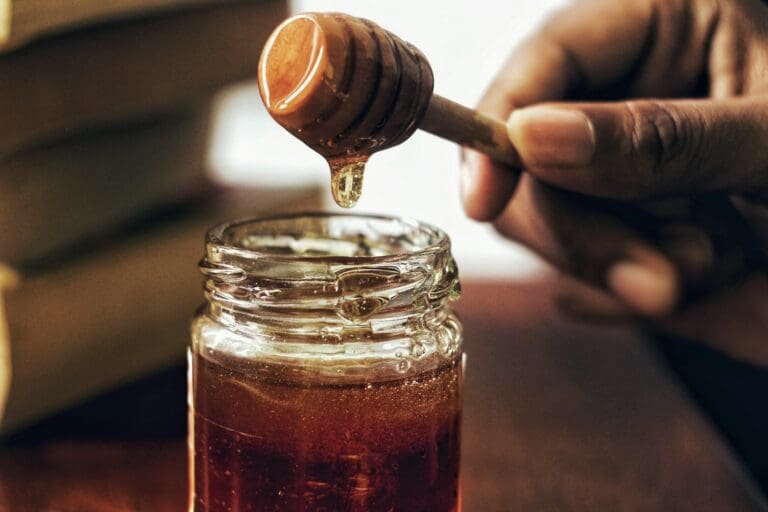Introduction
In the face of the ongoing COVID-19 pandemic, the ability to carry out accurate testing at home has become incredibly important. These tests serve as a crucial tool in managing the spread of the coronavirus, allowing individuals to identify potential cases early and ensuring that those who are infected can isolate quickly to avoid further spread. This comprehensive guide will walk you through the process of performing an accurate COVID-19 test at home, ensuring you have all the detailed information you need to carry out the test properly.
What You Will Need
Before you can conduct a COVID-19 test at home, you will need a home test kit. Acquiring a home test kit is the first step on your journey to conducting a successful home test. These kits typically contain several crucial components:
- A sterile swab: This is the tool you will use to collect the sample. It is crucial that it remains sterile, so avoid touching the soft end of the swab.
- A test tube containing a buffer solution: After collecting the sample, you will place the swab in this tube. The buffer solution within helps to preserve the sample.
- A test device: This is the device you will use to read the results of your test.
- A plastic bag for waste: After conducting the test, you can dispose of the used materials in this bag.
Step-by-Step Guide
Step 1: Preparing for the Test
Preparation is key when conducting a COVID-19 test at home. Start by ensuring your hands are clean. This can be achieved by washing them with soap and warm water for at least 20 seconds, following the handwashing guidelines proposed by health organizations. Once you’ve washed your hands, dry them thoroughly using a clean towel. This helps to prevent any potential contamination of the test kit.
Step 2: Taking the Sample
With clean hands, you can now proceed to open the test kit. Carefully take out the sterile swab, being careful not to touch the soft end. This is the part of the swab that will be inserted into your nostril, and it’s important that it remains sterile.
When you’re ready, gently insert the swab into your nostril. You need to insert it about 1 inch or until you feel resistance. To ensure a good sample, rotate the swab in a circle around the inside of your nostril at least three times. This may feel a little uncomfortable, but it should not be painful.
Step 3: Processing the Sample
Once you’ve collected the sample, you should carefully remove the swab from your nostril and insert it into the test tube, which contains the buffer solution. Make sure the swab is fully immersed in the solution and that the soft end is in contact with the buffer.
Next, securely close the tube. This is to prevent any spillage or contamination of the sample. After closing the tube, shake it gently for a few seconds. This step is important as it helps to mix the sample with the buffer solution.
Step 4: Reading the Results
Now that the sample is ready, you can proceed to read the results. To do this, you will need to use the test device. Remove it from its packaging and, using the dropper built into the test tube cap, add the specified number of drops to the sample well on the test device.
After adding the drops, you need to wait for a specific period as indicated in the kit’s instructions. This is typically around 15 to 30 minutes. Patience is key during this part of the process, as it’s important not to rush the test.
Understanding the Results
Interpreting the results correctly is as important as conducting the test properly. Most home test kits have two lines: a control line and a test line. If only the control line appears, it means the test is negative. If both lines appear, it means the test is positive, and you should contact a healthcare professional immediately. If no lines appear, or if only the test line appears, the test is invalid, and you should take another test.
Conclusion
Carrying out a COVID-19 test at home is a straightforward process, but it requires careful attention to detail to ensure accuracy. It’s crucial to follow all instructions closely and to consult a healthcare professional if you have any questions or concerns. Please note that even a negative result does not completely rule out the possibility of COVID-19. If you continue to experience symptoms, it’s important to follow up with a healthcare professional.

